The Midnight Predator

In the shadows of dense forests, the black panther emerges as nature’s most enigmatic hunter. These melanistic leopards possess an otherworldly beauty that captivates anyone lucky enough to witness their presence. Their coal-black coat seems to absorb light itself, creating an almost supernatural silhouette against the dappled forest floor.
The intensity in their golden eyes tells stories of countless hunts and survival instincts honed over millennia. Unlike their spotted cousins, these rare genetic variants carry themselves with an almost mystical presence that has inspired legends across cultures.
The Rosette Revelation
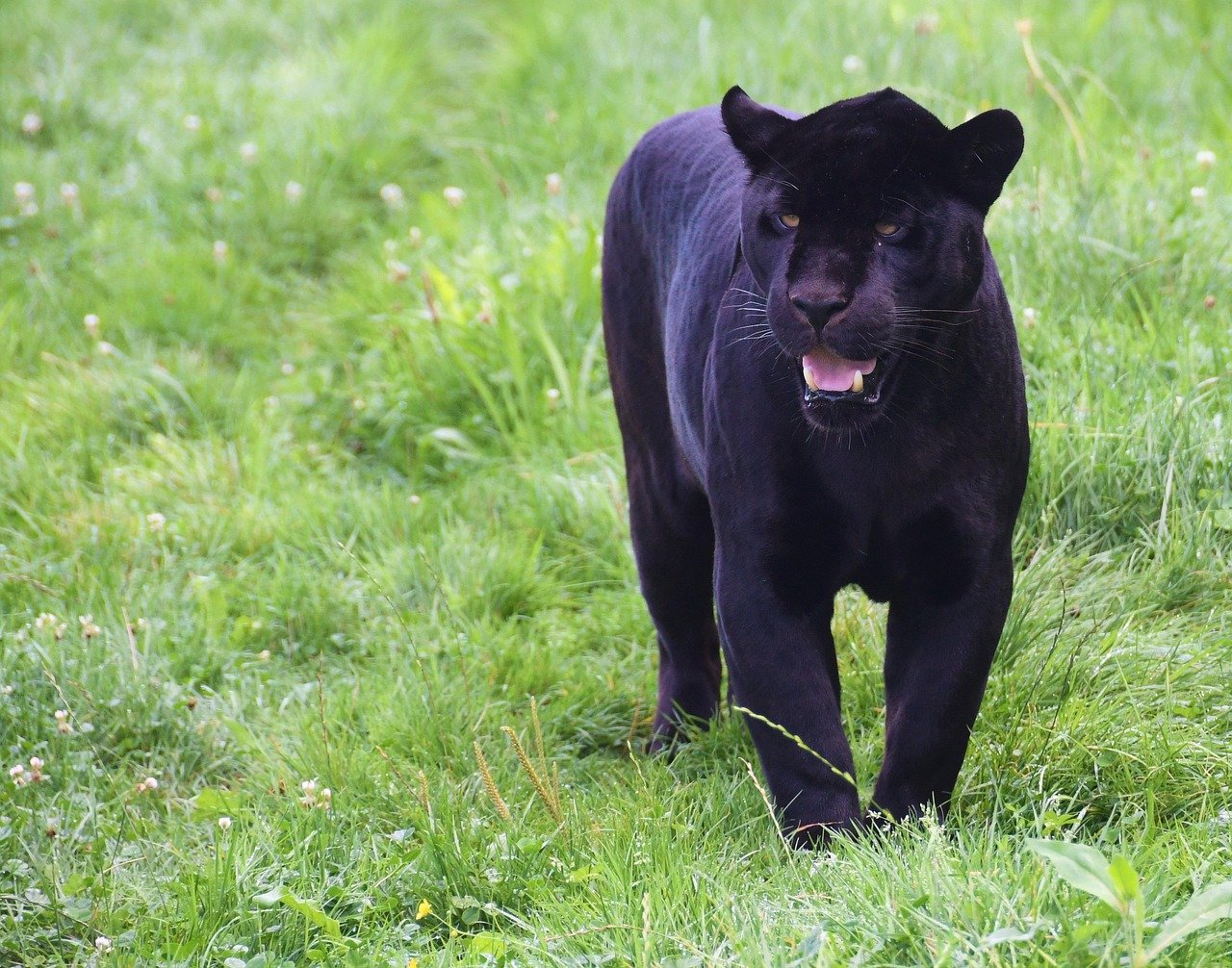
Look closely at a panther’s coat in bright sunlight, and you’ll discover one of nature’s best-kept secrets. Those seemingly solid black fur patterns actually contain the same rosette markings as regular leopards, hidden beneath the dominant melanin pigmentation. It’s like viewing a shadow puppet show where the patterns dance just beneath the surface.
This genetic trait occurs in roughly 6% of leopard populations, making every panther sighting a rare privilege. The rosettes become visible only under specific lighting conditions, creating an almost magical reveal that photographers dream of capturing.
Eyes That Pierce Souls

The amber-gold eyes of a panther hold an intelligence that seems almost human in its depth. These remarkable organs can gather light six times more efficiently than human eyes, allowing them to hunt effectively in near-complete darkness. When light hits their retinas, the tapetum lucidum creates that haunting golden glow that has inspired countless myths.
Behind those mesmerizing eyes lies a brain capable of complex problem-solving and emotional depth. Panthers have been observed showing grief, playfulness, and even what appears to be contemplation as they survey their territory from high branches.
The Silent Stalker
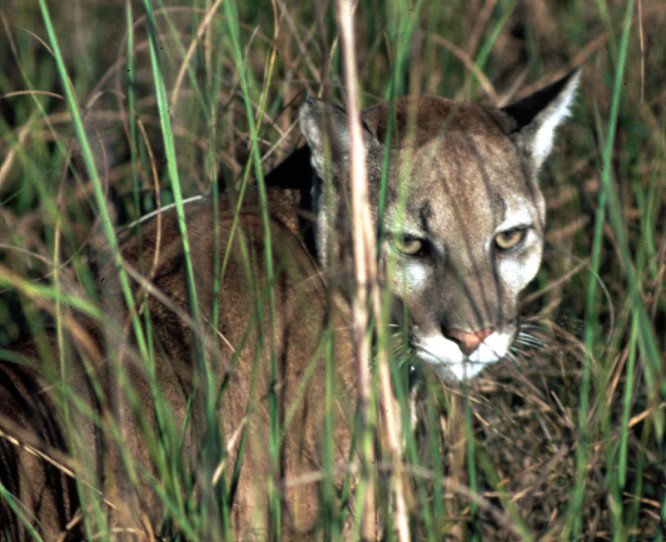
Every muscle in a panther’s body is designed for stealth and power. Their massive paws act like natural silencers, allowing them to move through dense undergrowth without making a sound. This incredible hunting ability has earned them the nickname “ghost of the jungle” among wildlife researchers.
The way they position their bodies while stalking prey is pure artistry in motion. Every step is calculated, every movement purposeful, as they close the distance between themselves and their unsuspecting target.
Vertical Nomads
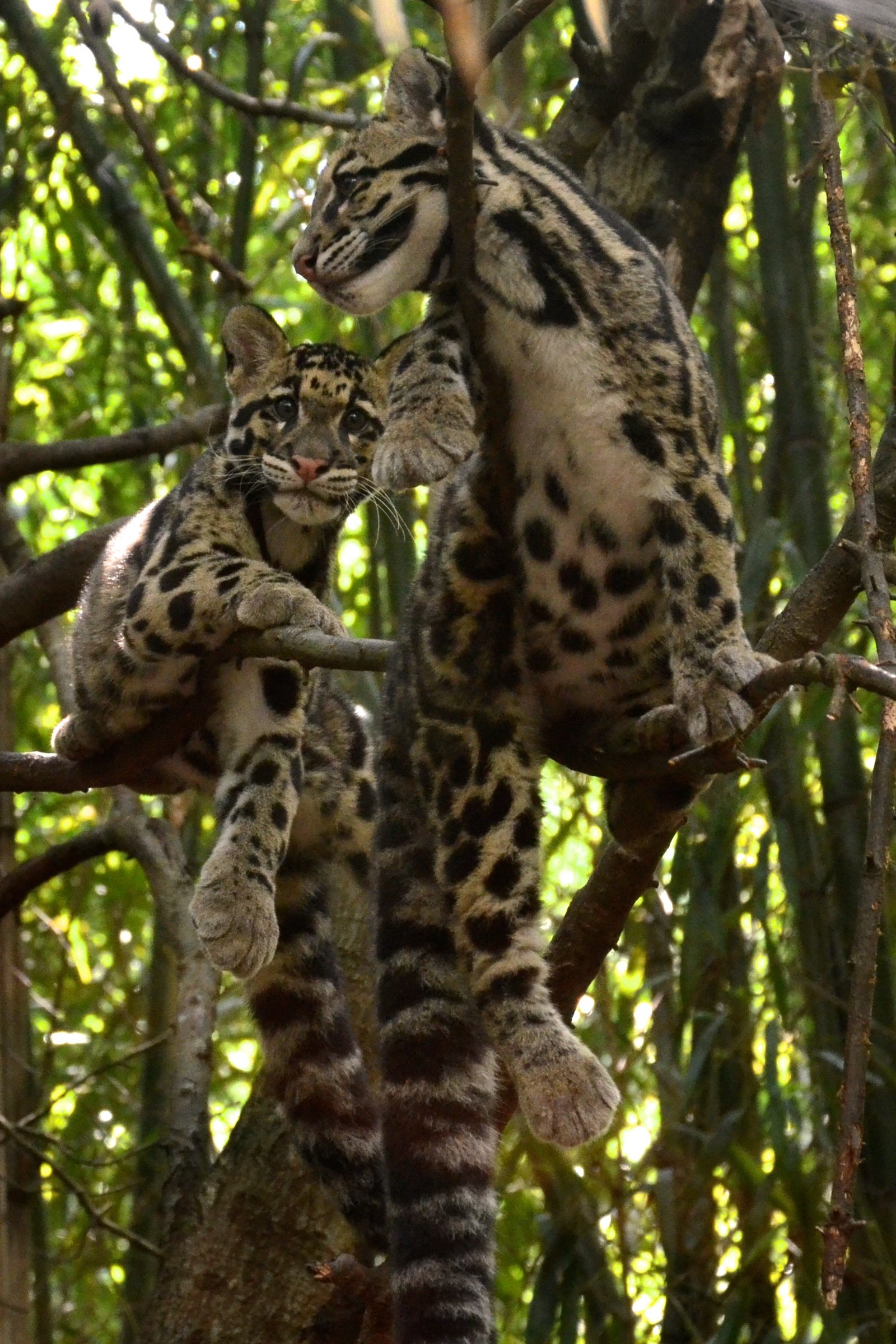
Panthers are the acrobats of the big cat world, capable of carrying prey twice their body weight up into trees. Their retractable claws and powerful shoulder muscles allow them to climb with an elegance that defies their substantial size. Watching a panther navigate through the canopy is like witnessing a shadow dance among the leaves.
These vertical territories serve multiple purposes – safe dining spots, protection from other predators, and elevated vantage points for surveying their domain. A single panther may have dozens of preferred trees throughout their territory.
The Solitary Sovereign

Unlike their social lion cousins, panthers are masters of solitude. They patrol territories that can span up to 30 square miles, marking their boundaries with scent and scratch marks that tell other cats to stay away. This independence comes with both advantages and challenges in the wild.
The loneliness of their existence is perhaps most evident during mating season, when their haunting calls echo through the forest. These vocalizations can carry for miles, serving as both invitation and warning to others of their kind.
Maternal Mystique
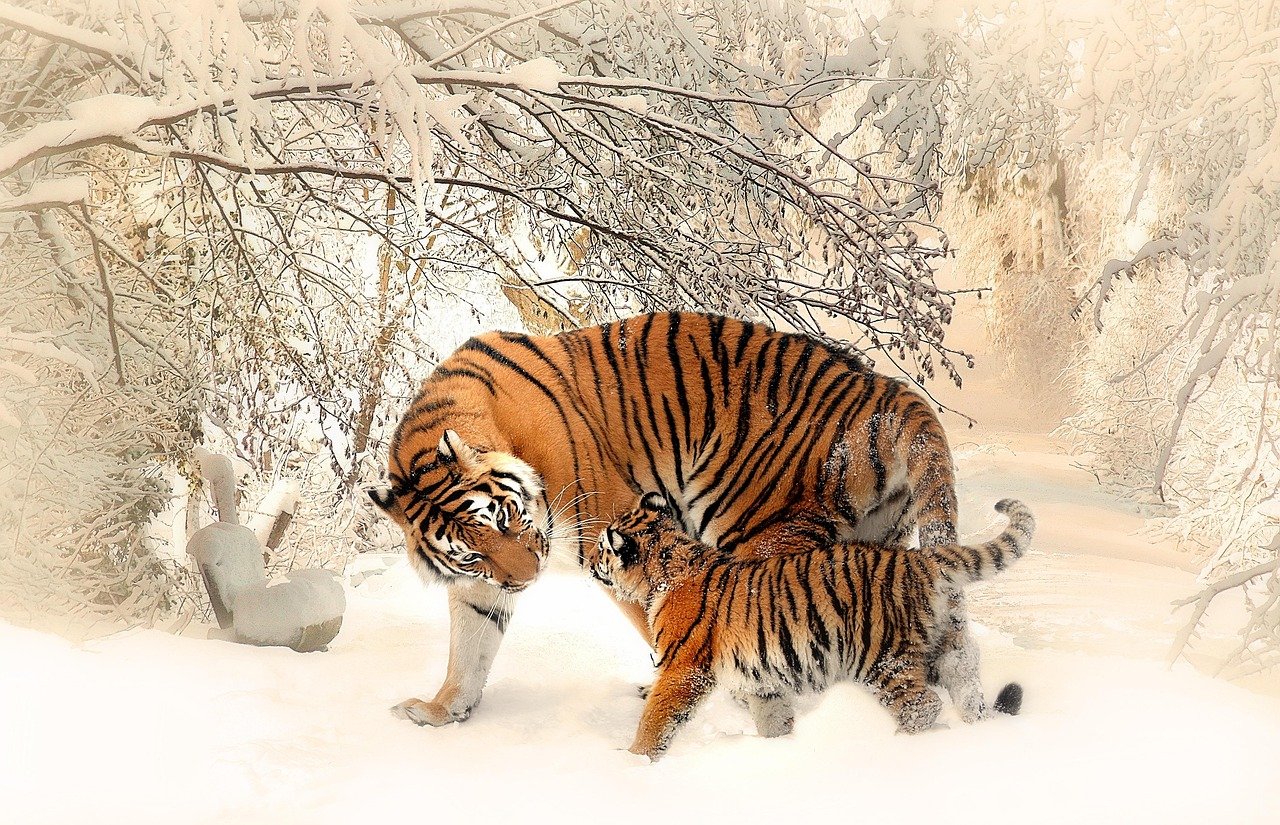
Female panthers undergo a remarkable transformation when they become mothers. Their typically solitary nature gives way to fierce protectiveness as they guard their cubs with unwavering dedication. The bond between mother and offspring is one of nature’s most touching displays of devotion.
Cubs stay with their mothers for up to two years, learning essential hunting skills and territorial behavior. During this time, the mother’s eyes seem to hold an extra layer of vigilance, constantly scanning for threats to her precious young.
The Vanishing Shadows
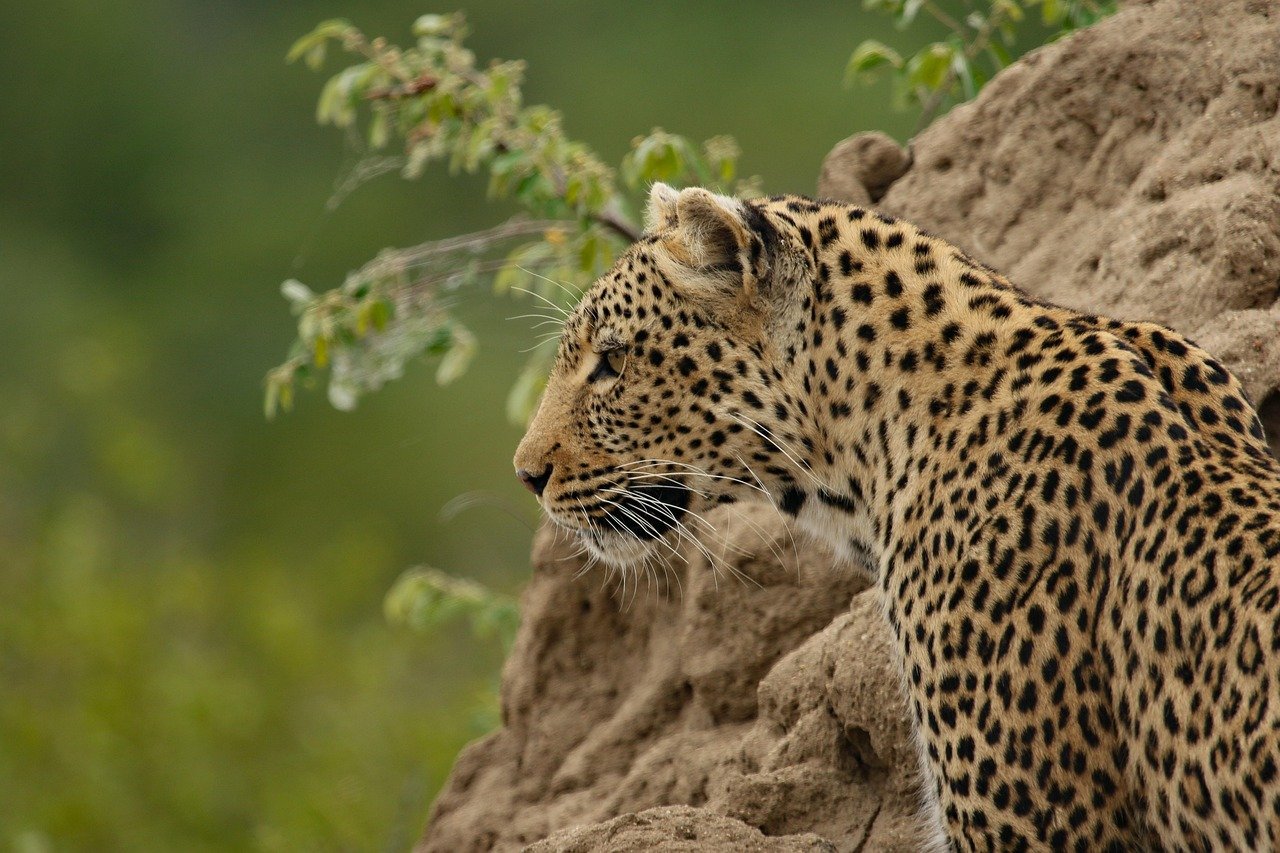
In today’s rapidly changing world, panther populations face unprecedented challenges. Habitat loss and human encroachment have pushed these magnificent creatures into smaller, more fragmented territories. Each surviving panther represents a living piece of evolutionary history that we cannot afford to lose.
Conservation efforts are working tirelessly to protect these enigmatic cats, but their future depends on our collective commitment to preserving their natural habitats. Every photograph taken, every story told, helps raise awareness about their plight.
The Swimmer’s Secret

Unlike most cats, panthers are surprisingly comfortable in water. Their powerful builds and webbed paws make them capable swimmers, often hunting fish and amphibians in streams and rivers. This adaptability has allowed them to thrive in diverse environments from rainforests to wetlands.
The sight of a panther emerging from water, their black coat glistening with droplets, is one of nature’s most striking images. It challenges our preconceptions about feline behavior and showcases their remarkable adaptability.
The Whisper Network
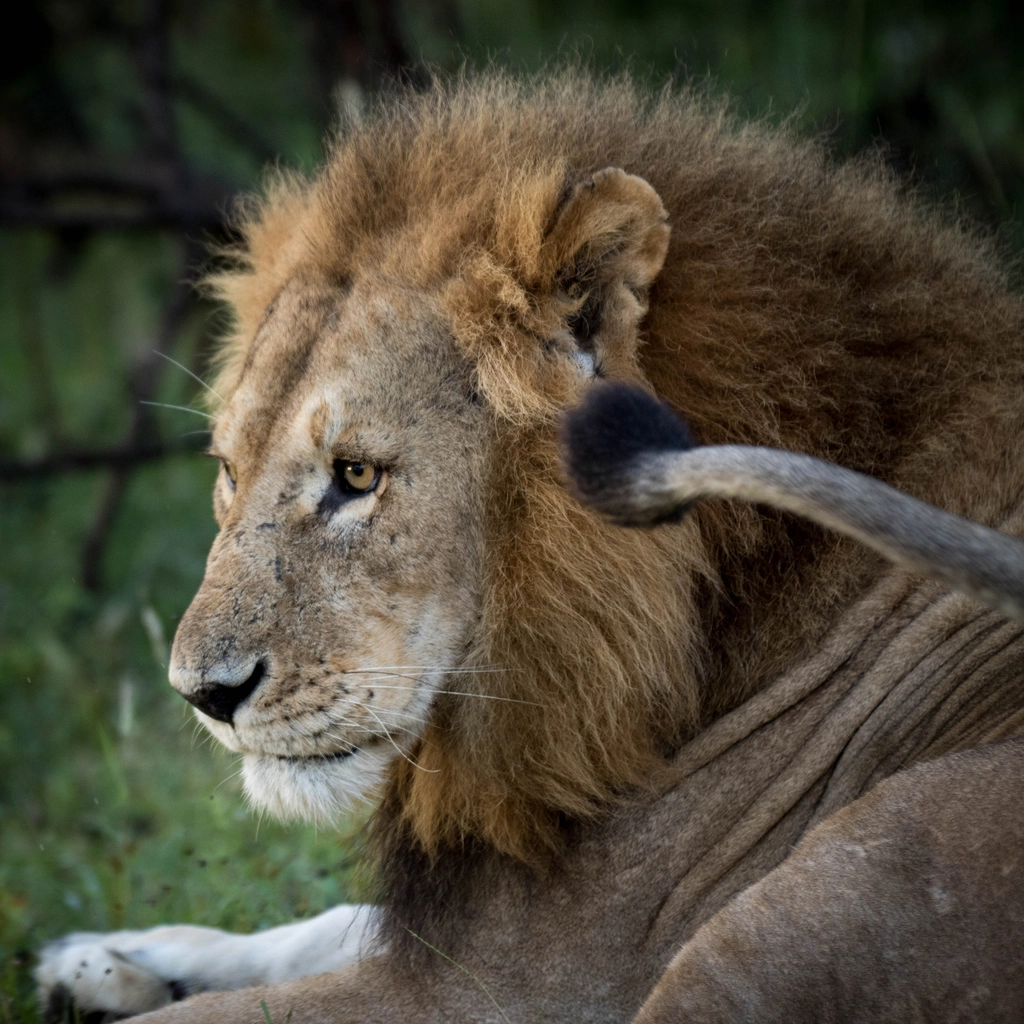
Panthers communicate through a complex system of scent marking, vocalizations, and body language that researchers are still working to fully understand. Their territorial boundaries are like invisible highways marked with chemical signatures that tell detailed stories to other cats.
The subtlety of their communication methods reflects their intelligence and the sophisticated social structures they maintain despite their solitary nature. Even in isolation, they remain connected to their kind through these ancient languages.
Twilight Hunters

The hours between day and night belong to the panther. As crepuscular hunters, they time their activities to coincide with the movement patterns of their prey. This behavioral adaptation has made them incredibly successful predators throughout their range.
During these magical twilight hours, panthers become living shadows that blend seamlessly with the changing light. Their hunting success rate during these periods is remarkably high, testament to millions of years of evolutionary refinement.
The Emotional Depths
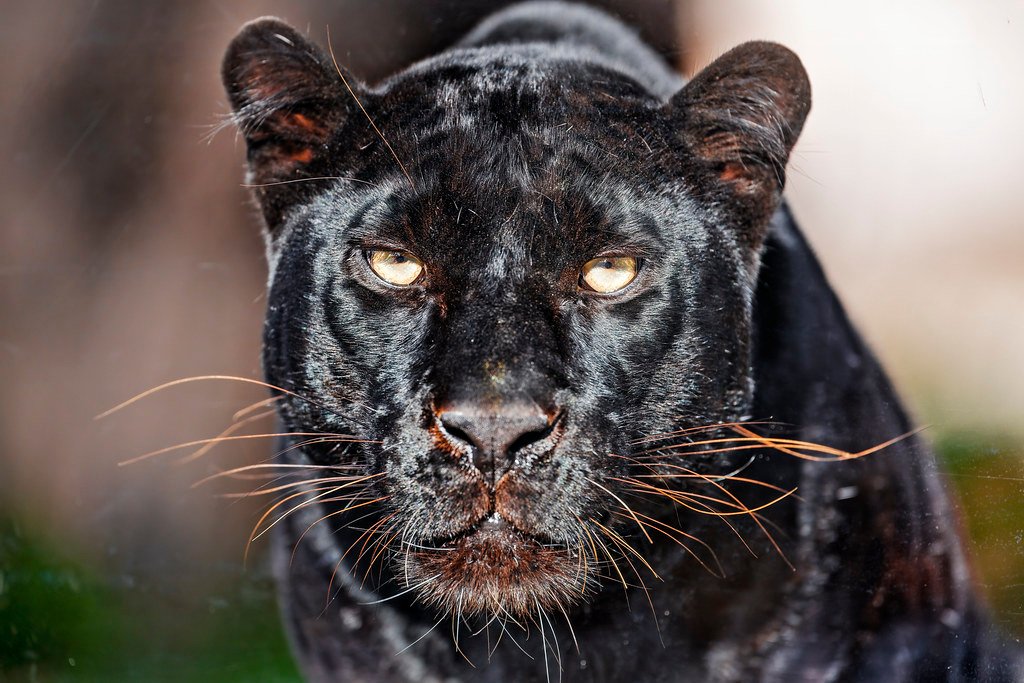
Recent studies have revealed that panthers possess complex emotional lives that mirror many human experiences. They’ve been observed engaging in play behavior, showing affection toward their young, and even displaying what appears to be grief when losing territory or offspring.
These emotional depths add another layer to their already compelling presence. Behind those piercing eyes lies not just a predator, but a sentient being capable of joy, sorrow, and everything in between.
Masters of Disguise

The panther’s ability to blend into shadows is legendary, but their camouflage skills extend far beyond simple coloration. They’ve mastered the art of freezing in place, becoming virtually invisible even in partially lit environments. This skill has been perfected over countless generations of natural selection.
Their muscular control allows them to remain motionless for extended periods, waiting for the perfect moment to strike. This patience is perhaps their most underrated hunting tool, requiring mental discipline that few animals possess.
The Ancient Wisdom
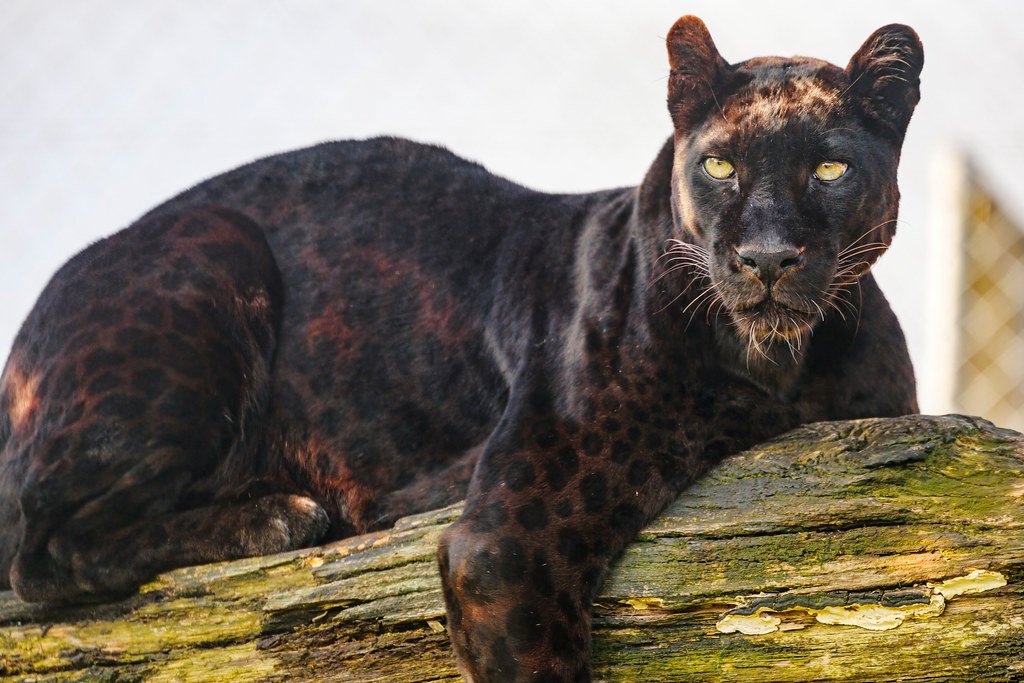
In the eyes of an old panther, you can see the accumulated wisdom of a lifetime spent in the wild. These senior cats carry themselves with a dignity that comes from surviving countless challenges and successfully raising multiple generations of offspring.
Their battle scars tell stories of territorial disputes, successful hunts, and narrow escapes from danger. Each mark represents a chapter in their personal survival story, making them living libraries of wild knowledge.
Moonlight Dancers

Under the full moon, panthers become ethereal beings that seem to float through the landscape. Their movements take on an almost supernatural quality as they navigate their territories with fluid grace. These nocturnal wanderings have inspired countless myths and legends across cultures.
The way moonlight catches their muscular forms creates natural sculptures that photographers spend years trying to capture. In these moments, they transcend their role as mere predators and become symbols of wild beauty and untamed freedom.
The Legacy Lives On
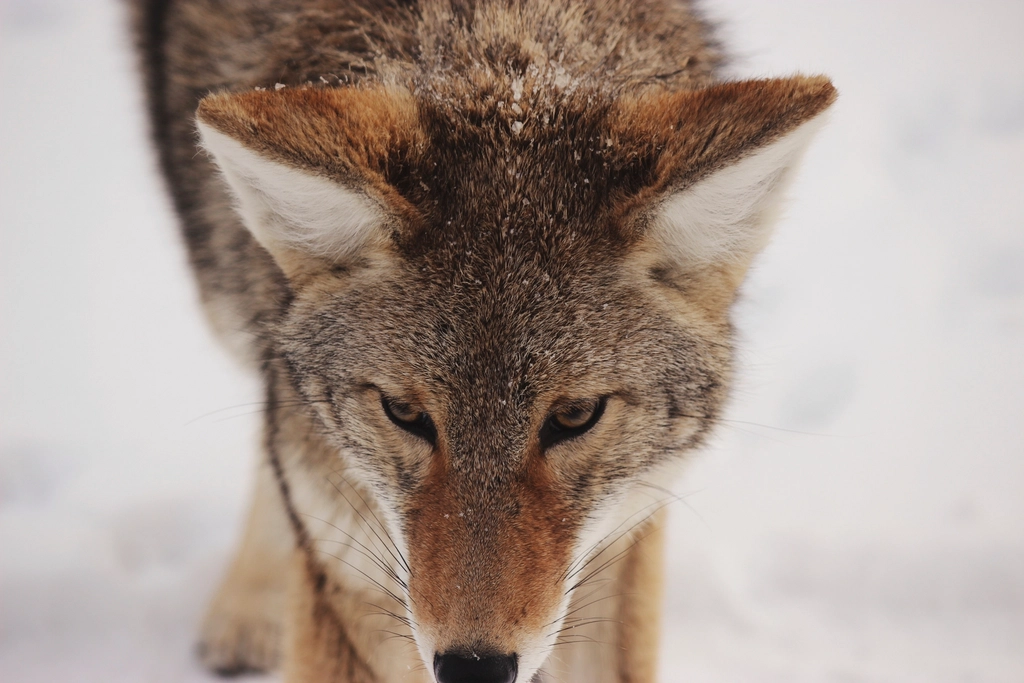
Every panther that survives to adulthood carries within them the genetic legacy of thousands of generations. Their DNA tells the story of adaptation, survival, and the incredible resilience of life itself. These magnificent cats represent far more than individual animals – they’re living connections to our planet’s evolutionary past.
As we look into the eyes of a panther, we’re not just seeing a predator, but a mirror reflecting our own relationship with the natural world. Their future depends on our willingness to coexist and protect the wild spaces they call home.
The panther’s gaze holds mysteries we’re only beginning to understand, secrets that remind us of how much we still have to learn about the remarkable creatures we share this planet with. What stories do you think those ancient eyes would tell if they could speak?
Hi, I’m Bola, a passionate writer and creative strategist with a knack for crafting compelling content that educates, inspires, and connects. Over the years, I’ve honed my skills across various writing fields, including content creation, copywriting, online course development, and video scriptwriting.
When I’m not at my desk, you’ll find me exploring new ideas, reading books, or brainstorming creative ways to solve challenges. I believe that words have the power to transform, and I’m here to help you leverage that power for success.
Thanks for stopping by, Keep coming to this website to checkout new articles form me. You’d always love it!






